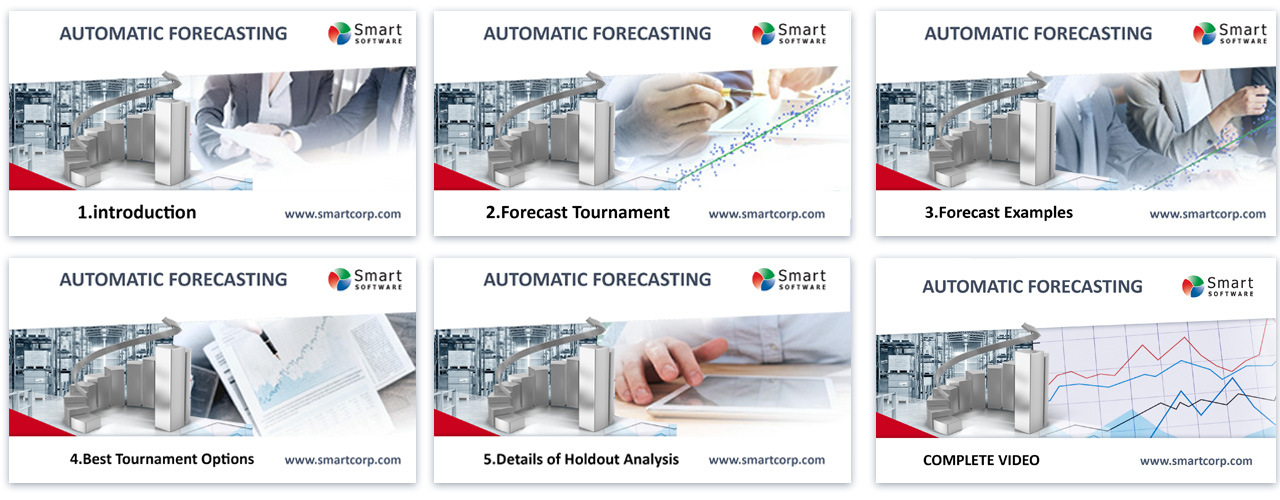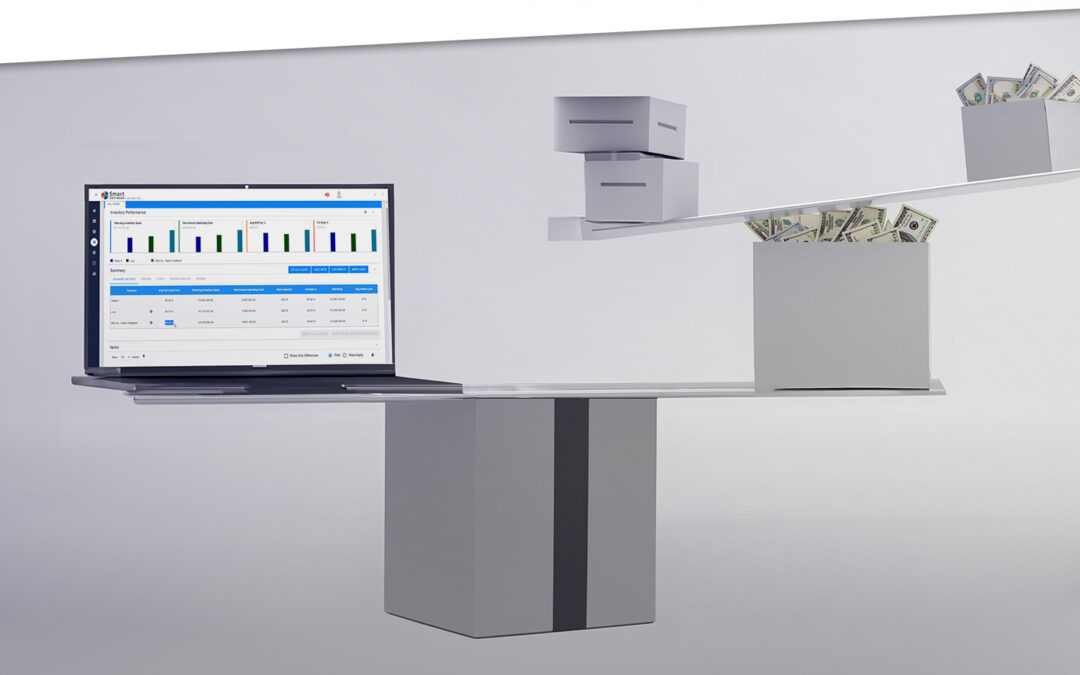Belmont, Mass., December 2022 – Smart Software is pleased to announce that Co-Founder Dr. Thomas R. Willemain’s article “Managing Inventory amid Regime Change” has won 1st place in the Forecasting category of the 2022 Supply Chain Brief MVP Awards.
“Regime change” is a statistical term meaning a major change in the character of the demand for an inventory item. An item’s demand history is the fuel that powers demand planners’ forecasting machines. In general, the more fuel the better, giving us a better fix on the average level, the shape of any seasonality pattern, and the size and direction of any trend. But there is one big exception to the rule that “more data is better data.” If there is a major shift in your business and new demand doesn’t look like old demand, then old data become dangerous.
Read the MVP Award winner article here https://smartcorp.com/inventory-optimization/managing-inventory-amid-regime-change/
Supply Chain Brief brings together the best content from hundreds of industry thought leaders. This MVP Award recognizes the Most Valuable Post as judged by Supply Chain Brief’s audience, award committee, and social media. Smart Software has been recognized to provide the highest value to industry professionals and useful information that is strategic in nature. https://www.supplychainbrief.com/mvp-awards/2022-SCB-MVP-AWARDS/forecasting
Dr. Thomas R. Willemain is Co-Founder and Senior VP for Research at Smart Software. He has been a professor at MIT and the Harvard Kennedy School of Government and is now Professor Emeritus of Industrial and Systems Engineering at Rensselaer Polytechnic Institute. Tom was a Distinguished Visiting Professor at the FAA and supported the Intelligence Community as Expert Statistical Consultant (GS15) in NSA’s Mathematics Research Group and later at IDA’s Center for Computing Sciences. He holds degrees from Princeton University (BSE, summa cum laude) and Massachusetts Institute of Technology (MS and PhD), all in Electrical Engineering.
About Smart Software, Inc.
Founded in 1981, Smart Software, Inc. is a leader in providing businesses with enterprise-wide demand forecasting, planning and inventory optimization solutions. Smart Software’s demand forecasting and inventory optimization solutions have helped thousands of users worldwide, including customers at mid-market enterprises and Fortune 500 companies, such as Disney, Arizona Public Service, and Ameren. Smart Inventory Planning & Optimization gives demand planners the tools to handle sales seasonality, promotions, new and aging products, multi-dimensional hierarchies, and intermittently demanded service parts and capital goods items. It also provides inventory managers with accurate estimates of the optimal inventory and safety stock required to meet future orders and achieve desired service levels. Smart Software is headquartered in Belmont, Massachusetts, and can be found online at www.smartcorp.com.















